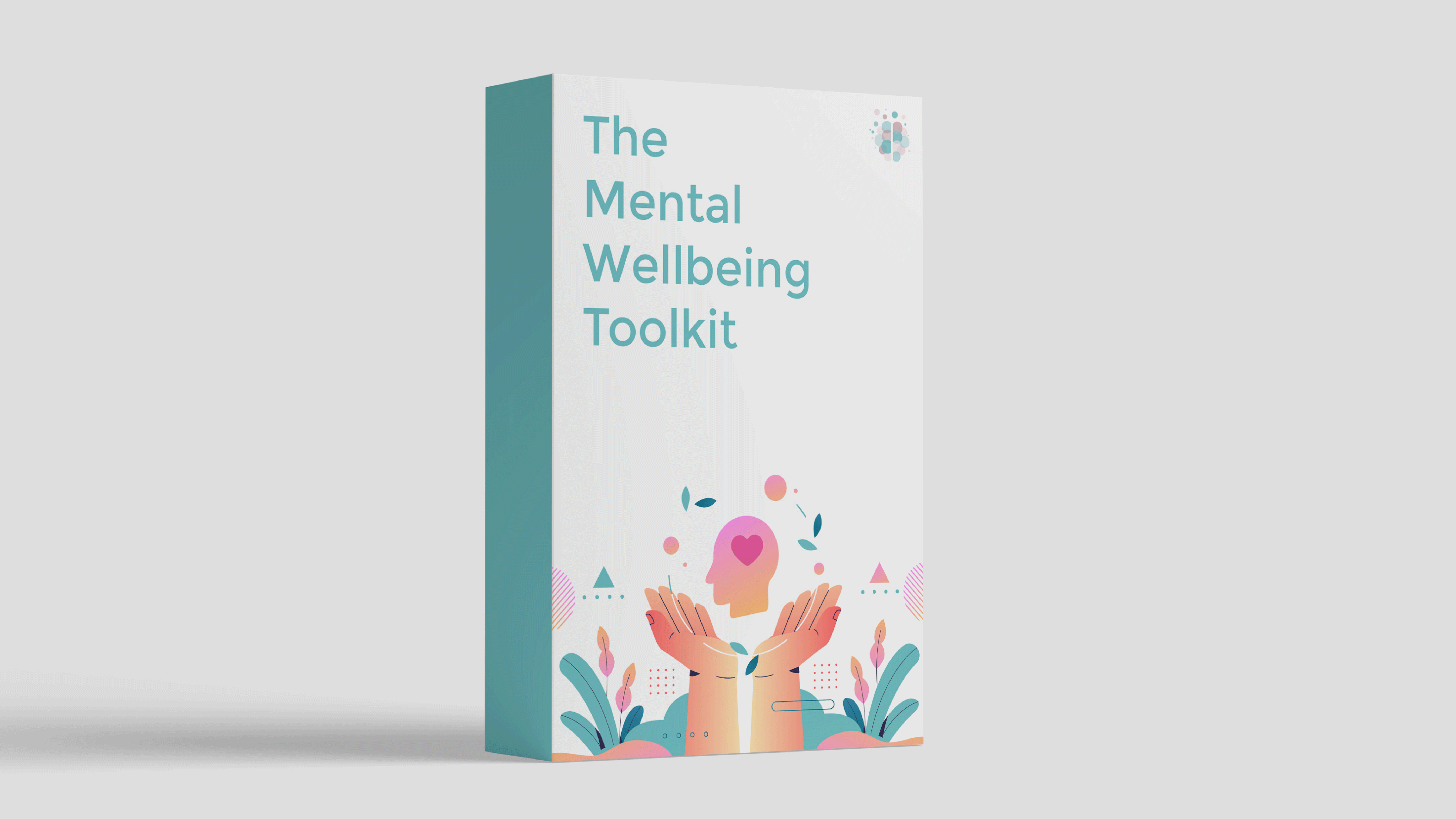Attachment styles have been resurfacing lately as a way to understand oneself and one’s partner, especially in romantic relationships.
Something important to know about attachment styles is that they are not fixed. We can shift from one attachment style to another, and we can display traits from more than one attachment style.
We can have a different attachment style depending on what relationship we’re in. For example, we can be different with our romantic partners than we are with our family members.
It’s common for people with a fearful attachment style to feel mentally well until they get into a romantic relationship where their insecure attachment style becomes triggered.
Sound familiar? In this article, we'll explore the signs of fearful avoidant attachment and multiple ways to address it.
Signs of Fearful Avoidant Attachment
- Finding it hard to open up to others while also craving intimacy and connection.
- Finding it difficult to trust people.
- Being critical of others – constantly dwelling on a partner's imperfections as a way to justify emotional distance.
- Withdrawing instead of pursuing closeness – subconsciously creating distance by causing conflict, withdrawing affection, or acting disinterested.
- Feeling frustrated with yourself for not being able to create or find the relationships you truly desire.
The push-and-pull dynamic involved in fearful avoidant attachment can cause a lot of inner turmoil. You might feel like you’re on an exhausting emotional rollercoaster whenever you’re in a romantic relationship.
3 Ways to Fix a Fearful Avoidant Attachment Style
Changing your attachment style takes work and perseverance, but it’s never impossible to shift to being more secure. Here are three ways to make this change happen.
1. Build Self-Awareness
The first step is to become aware of your tendency to create distance in relationships.
This requires a lot of introspection, whether with a trusted mental health professional or on your own.
Use a journal to reflect on your thoughts, feelings, behaviours, and relationship patterns.
Journal Prompts
- How have I intentionally or unintentionally created emotional or physical distance in my relationships?
- How do I typically react when I feel too close to someone?
- What beliefs do I hold about relationships and closeness? Are they based on past experiences, and are they serving me well?
- What specific situations or behaviours from my partner make me feel the need to pull away?
- Are there any recurring fears that arise when I think about getting close to someone?
Increasing your self-awareness can help you behave more mindfully. You can slowly deactivate your survival strategies and instead of running away, you can turn towards your partner.
2. Developing Distress Tolerance
Distress tolerance is a crucial skill in this process. It involves building the ability to endure and manage the discomfort that arises in romantic relationships.
Instead of immediately reacting by creating distance, you can learn to sit with the uncomfortable feeling of wanting to run away. It's about acknowledging your emotions, understanding their origins, and gradually increasing your capacity to tolerate them without acting impulsively.
To develop distress tolerance, explore different coping skills and discover what works best for you.
3. The Importance of Communication
Instead of disconnecting from your partner by not communicating or seeing them, explain that you’re taking some time to process your emotions. This helps build trust and understanding in the relationship.
You might say something along the lines of:
- “I care about you a lot, but I need a short break to gather my thoughts and calm down.”
- “I want you to know that I’m not pulling away because of anything you did. I just need some time to sort out my feelings.”
- “I need some time alone to decompress. Let’s have dinner together tomorrow to talk things through.”
- “I know it might be hard when I ask for alone time, but it helps me manage my emotions better. Thanks for understanding, I’ll be back soon.”
Talking with your partner about your feelings and needs helps them understand you better and know what to expect. This understanding reduces the likelihood of them being triggered and reacting in ways that perpetuate the push-and-pull cycle.
Especially if you have a partner who’s securely attached, you’ll realise that your reactions won’t make them want to hurt or abandon you. Instead, they’ll react positively by encouraging you to take care of yourself.
This, in turn, will make you feel confident that your relationship can stand the test of time. And the new corrective experience can help you shed the fears that contribute to this attachment style.
Positive experiences with partners who are supportive and patient can help you overcome the subconscious defense mechanisms that are no longer serving you.
FA Attachment Activation or Losing Interest?
A common struggle to mention is the ability to differentiate between genuinely losing interest and having your thoughts and feelings influenced by your attachment style.
Here’s a table to help you distinguish between the two:
|
|
|
|
|
Nature of Feelings |
General decline in attraction or excitement |
Anxiety, fear, and discomfort about closeness |
|
Thought Patterns |
Focus on incompatibility or lack of shared interests |
Preoccupied with fear of rejection, hurt, or loss of independence |
|
Emotional Response |
Neutral or indifferent, possible boredom |
Intense emotions such as anxiety, fear, and ambivalence |
|
Behavioural Patterns |
Gradual withdrawal without significant emotional conflict |
Inconsistent behaviour, with closeness followed by withdrawal |
|
Context and Triggers |
Concrete reasons related to the person's behaviour or lifestyle |
Triggered by increases in intimacy or vulnerability |
|
Reflection |
Clear pattern of disengagement due to mismatched values |
Pattern of similar responses in past relationships |
|
Communication |
Discussion confirms lack of connection |
Open communication reduces anxiety, revealing underlying interest |
Journal Prompts
- How do I currently feel when I think about spending time with this person? Do I feel a lack of excitement, attraction, or emotional connection?
- Am I feeling anxious or uncomfortable about getting closer to this person emotionally? Are there thoughts of potential rejection, loss of independence, or fear of vulnerability?
- What concrete reasons relating to the person's behaviour, lifestyle, or values may be causing me to lose interest?
- How have I communicated these concerns? Have I discussed these issues openly or have I held back?
- What are my behavioural patterns in this relationship? Have I been withdrawing gradually or noticing a push-and-pull dynamic?
- What changes could I implement to create more stability in my relationship behaviours? How can I communicate my needs and manage my emotions in a way that promotes healthier relationship dynamics?
More Tips to Fix a Fearful Avoidant Attachment Style
- Review these seven essential relationship tips for fearful avoidants.
- Challenge yourself to notice and appreciate the positive qualities in your partner – this helps balance out the tendency to solely focus on flaws.
- Understand that no relationship is perfect. Healthy relationships involve an ongoing conflict repair cycle; problems are an integral part of all relationships.
- Learn about splitting and how to manage it.
- Avoid idealising relationships or expecting your partner to fulfill all your emotional needs. Recognise that both partners have their own strengths and limitations.
- Learn conflict resolution skills to address disagreements constructively. This can prevent the escalation of minor issues into major concerns. Non-Violent Communication (NVC) is covered in The Mental Wellbeing Toolkit.
- Build confidence in your ability to handle challenges in relationships. Notice when you handle a situation well and be proud of yourself.
- Invest time and effort into your personal interests, hobbies, and goals outside of the relationship.
Summary
Fixing a fearful avoidant attachment style often involves:
- Building self-awareness. This involves recognising your behavioural patterns and emotional reactions. Self-awareness is key to making conscious choices that promote healthier relationships.
- Developing distress tolerance. This involves learning to manage uncomfortable emotions without resorting to behaviours such as withdrawal or lashing out.
- Learning how to communicate well. This involves expressing your feelings and needs clearly and respectfully so that your partner understands you better.
It’s important to keep in mind that your fearful avoidant attachment style can only be fixed if you’re willing to put in the work.
If you’re struggling, self-help resources or a mental health professional can help you in becoming more securely attached.
Ultimately, with persistence, self-awareness, and external support when needed, you can work towards developing a secure attachment style, leading to more fulfilling relationships.
Build Your Distress Tolerance Toolkit
If you’re interested in a self-guided program that includes tools from DBT, CBT, ACT and more, be sure to check out The Mental Wellbeing Toolkit. It's "like 10 therapy sessions in one."
Co-Authors

About Georgiana
Georgiana Avram is a licensed mental health counselor in Maryland and New York. She owns a group private practice, Evolve Counseling Group and provides individual counseling to teens and adults. Websites: www.georgianaavram.com and www.evolvecounselinggroup.com.



